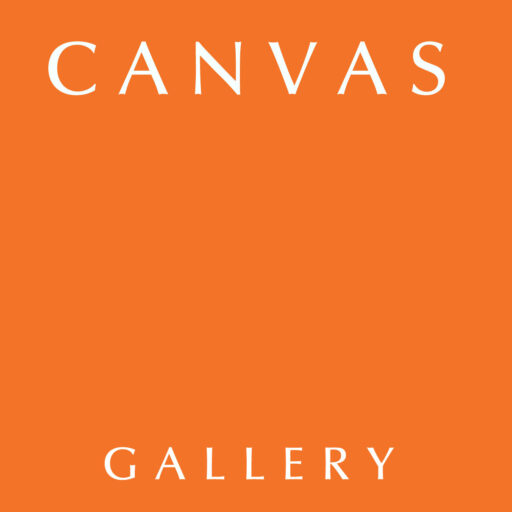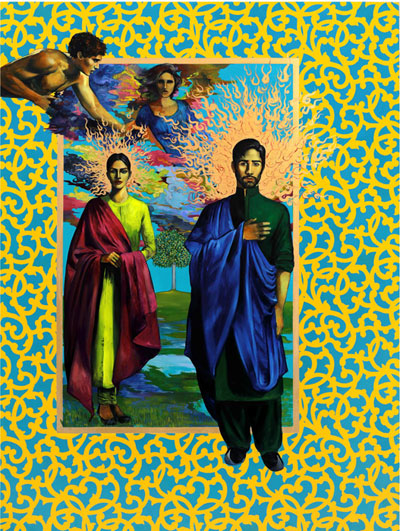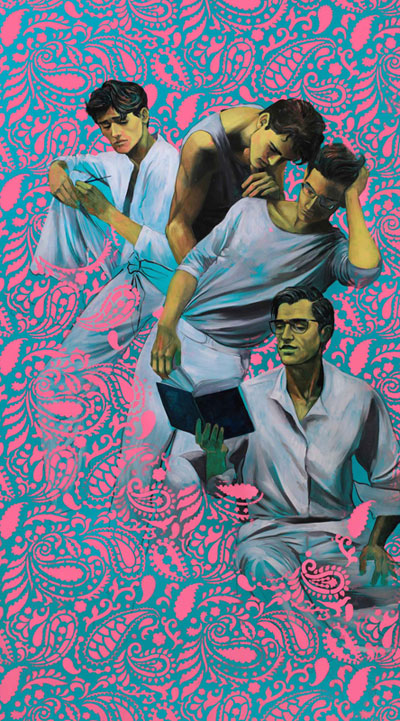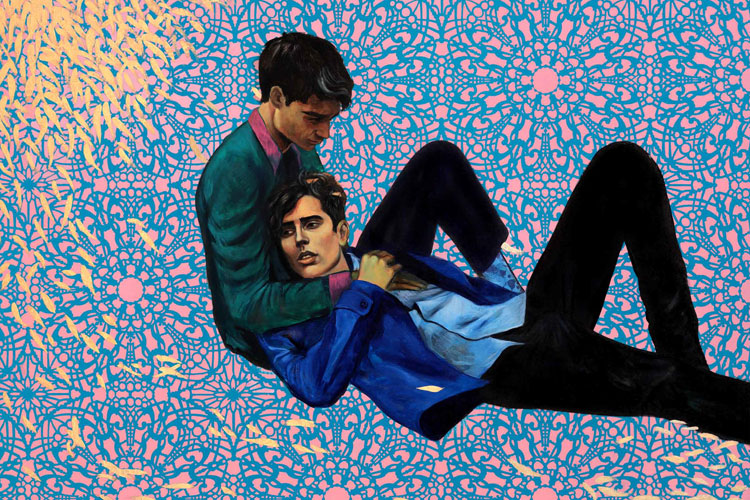Art Review: ‘Secret History’ by Komail Aijazuddin – Youlin Magazine
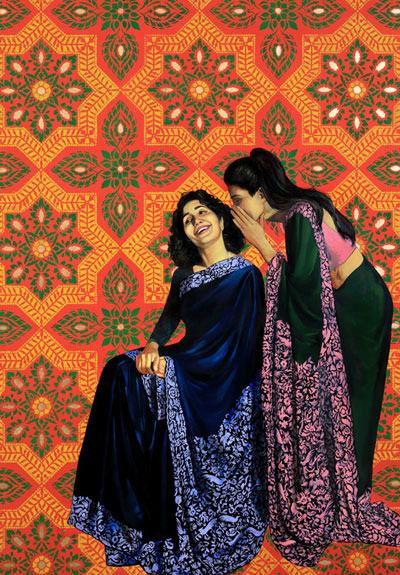
Secret Keepers II by Komail Aijazuddin
Nowadays, weddings involve exotic locales, sartorial extravagance, and trite photo shoots. While a certain elite class exudes modernity through their day time weddings, chic pastel color palettes, and fine fabrics; a bigger chunk of our society still celebrate weddings in the traditional, funky and flashy shamianas, along with night long functions and loud music. Aijazuddin, in his artist statement, makes an assertion about the disappearance of shamianas, and reflects upon this through his work.
The show ‘Secret History’ by Komail Aijazuddin opened at Canvas Gallery, Karachi on 26th March, 2019. Originally from Lahore, Aijazuddin is a full-time practicing artist, with an MFA from Pratt Institute, New York. The artist’s oeuvre consists of life-sized canvases, investigating what Islamic art might have looked like, had it developed a figurative tradition. Over the years, his practice has expanded, to include a larger vocabulary of religious art, including illuminations, altar pieces, paintings, scrolls, and votive objects.
Drawing upon the Christian religious art of Duccio and Giotto, Aijazuddin’s recent series has the repetitive element of the halo. The pattern of the halo is taken from very specific pre and post-colonial lineages. In the work, ‘Miniature’ a golden halo above both the standing figures, is inspired by Persian miniatures. The piece further combines elements of traditional Mughal miniature paintings, and medieval illuminated manuscripts, creating a meaningful intersection of culture, pattern, and postures. The angel on the top left corner disrupts the ornamented golden border, symbolizing the subversion of contractual social norms and binaries.
‘Readers’ portrays two men at different times of the day, having conversations through their actions and their bodies. The pastel blue and pink paisley lattice in the background, makes these men appear in a liminal space, where their bodies interact and make space for queer desire. Paisley, a teardrop shaped pattern from Persianate culture, also found in henna designs across South Asia, is central to the wedding culture. The pink paisley pattern is overlapping the figures at some places, subverting the very notion of marriage as a heterosexual union between a man and a woman.
Furthermore, the artist’s works seem to be in conversation with each other. Patricia Hill Collins, in her seminal essay, ‘It’s all in the family: Intersections of gender, race, and nation,’ compares the nation state structure with that of the family. Since ideal families consist of heterosexual couples and their biological children, this monolithic family type also bands together with governmental structures. A similar idea is acquired by Aijazuddin, when he establishes a contrast between two of his pieces through the repetition of golden leaves. While in ‘Autumn,’ two men are shown as being intimate with each other under falling golden leaves, in ‘Wedding,’ these same leaves form a halo around the heads of a man and a woman. The contrast testifies that while heterosexual relationships are state-sanctioned, queers are seen as deviant bodies.
Aijazuddin has shown great skill in his work, with extreme attention to detail. He has very strategically used dry pigments for the patterns, which creates a dialogue between the foreground and the background, since light was absorbed by one and reflected by the other, creating a contrasting texture. However, all the paintings seem to follow a recipe approach, where figures have been placed against a lattice pattern, which feels monotonous at times. Nevertheless, the series is a thought-provoking exploration of marriage and weddings, focusing on the subversion of conventional patterns in artistic work as well as in our lives.
The exhibition goes on till the 4th of April, 2019.
Written by: Hamad Ali
Posted on: March 29, 2019
Source: youlinmagazine.com
